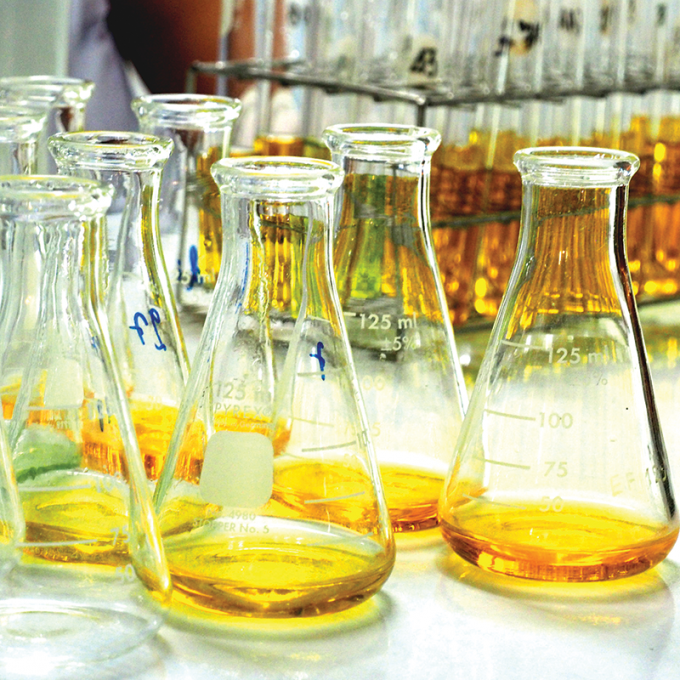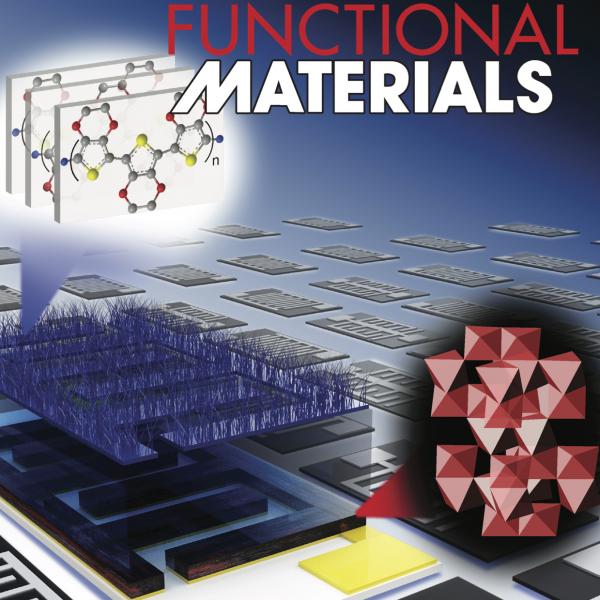The overarching goals of Julio D’Arcy's laboratory are to discover and apply novel functional nanostructured organic and inorganic materials utilizing universal synthetic chemistry protocols that control chemical structure, nanoscale morphology, and intrinsic properties.
We are interested in capacitive and pseudocapacitive nanostructured materials such as conducting polymers, metal oxides, and carbon allotropes possessing enhanced chemical and physical properties, i.e. charge carrier transport, ion transport, surface area, thermal and mechanical stability. Our concerted material discovery process is a multi-pronged approach; organic and inorganic nanostructured materials are synthesized via solution processing, electrochemistry, vapor phase deposition, and combinations thereof. Alternatively, we also develop self-assembly techniques that result in tailored materials.
Self-assembly of nanostructures affords a route for engineering surface energy, patterning nanostructured thin-films, and for fabricating nanoarchitectures that enhance a material’s properties. For example, evaporative self-assembly directs deposition of nano and/or microarchitectures during the evaporation of a liquid. Similarly, we utilize facile solution processing via layer-by-layer (LbL) assembly that results in nanostructures and ultrathin coatings; LbL is characterized by exquisite and precise control at the nanometer scale. In addition, our laboratory develops interfacial self-assembly techniques to control chemistry at the liquid/liquid interface affording a versatile approach for assembling nanostructures and depositing thin films of functional organic and inorganic nanostructured materials. Ultimately these coatings serve as active layers in electrodes for engineering state-of-the-art energy storage devices such as supercapacitors and pseudocapacitors.
The growing environmental crisis caused by the emission of greenhouse gases has elevated renewable sources of energy and energy storage to the forefront of scientific research and development. Lucky for humans, these fields of scientific study are complementary; for example, both wind and solar energy can be captured, stored, and reused at a later time. Storing energy in an electrochemical cell characterized by extended cyclability affords a path for developing technologies that can power vehicles, portable electronics, and homes. Furthermore, a high-power density and high-energy density cell, capable of instantly delivering bursts of electricity, can abate interruptions in the transmission of electricity. The D’Arcy research group works toward the development of electrochemical energy storage technologies that can enable smart grids and lead to robust devices for powering transportation vehicles and electronics. Devices are tested utilizing electrochemical techniques such as cyclic voltammetry, galvanostatic charge/discharge curves, and electrochemical impedance spectroscopy.



